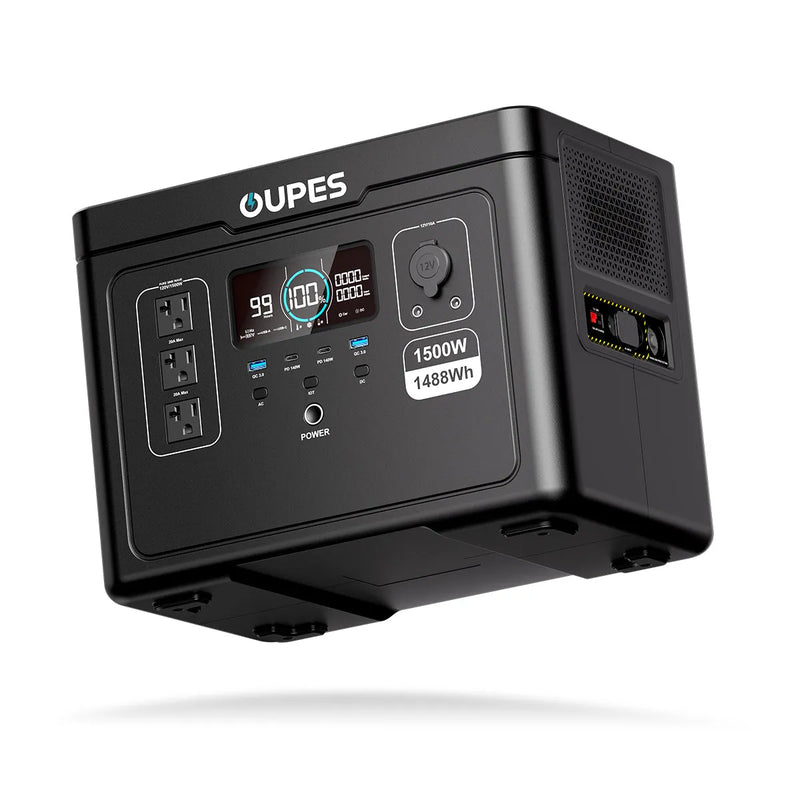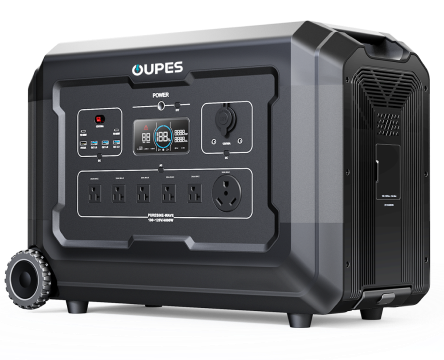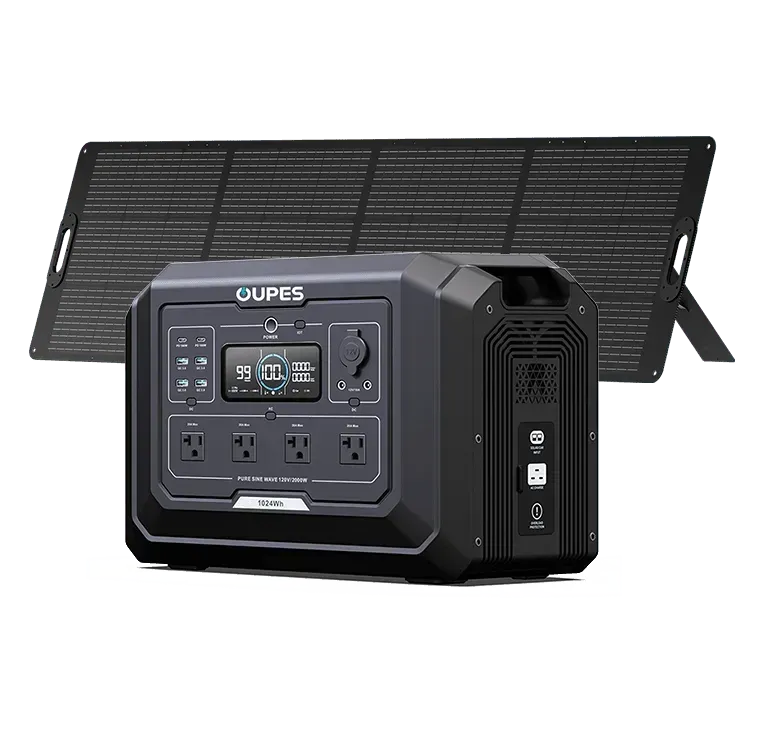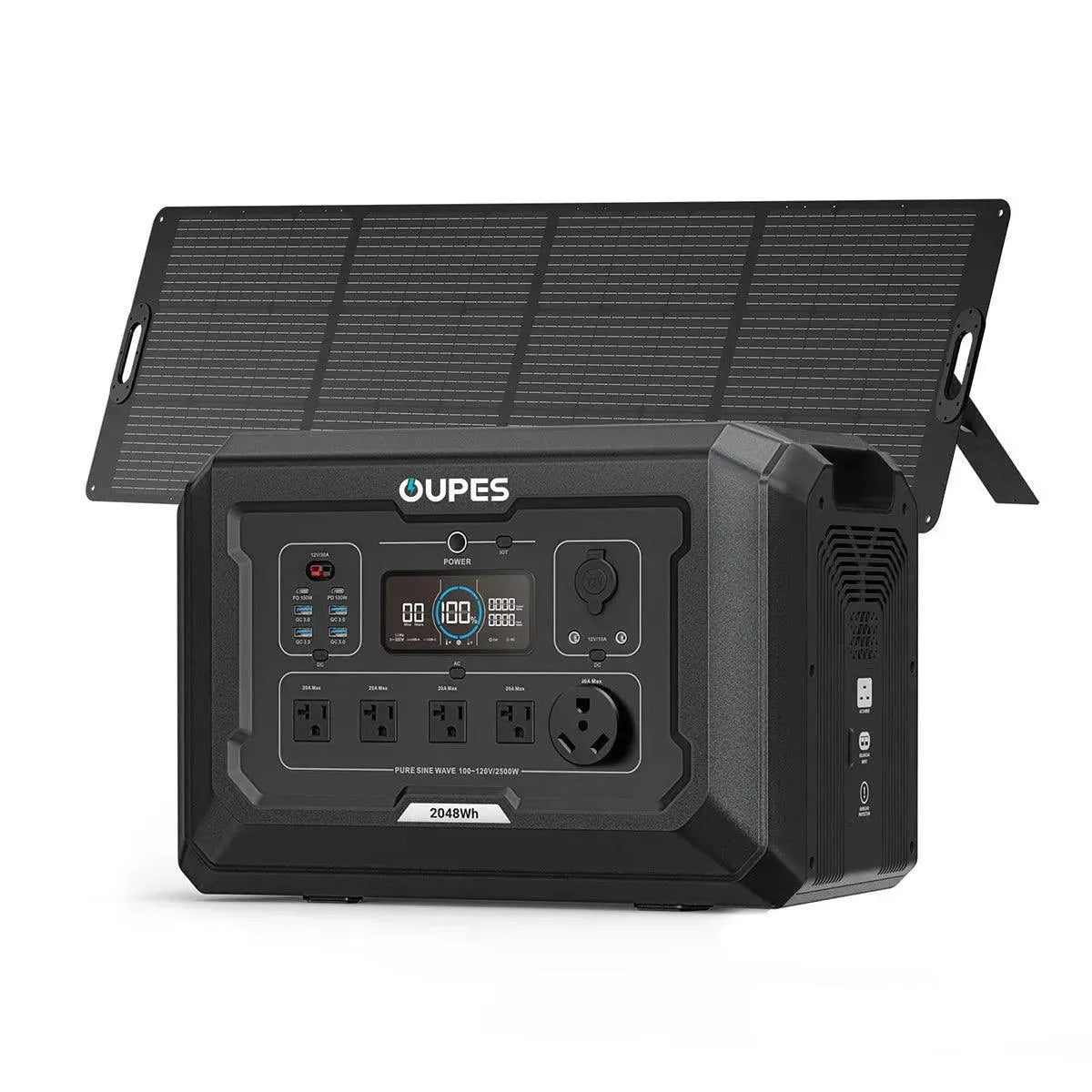
Solar generators are gaining popularity as eco-friendly, portable, and quiet alternatives to traditional gas-powered options. But a common question many potential users ask is: do solar generators need direct sunlight to work? Whether you're preparing for emergencies, planning off-grid adventures, or seeking a sustainable backup energy solution, understanding how sunlight affects performance is crucial.
In this article, we’ll dive into how solar generators function under different lighting conditions—including direct sunlight, shade, and cloudy skies—and offer tips to help you maximize efficiency regardless of the weather.
How Solar Panels Convert Sunlight into Usable Power
To understand whether solar generators require direct sunlight, it’s helpful to first look at how they function. A solar generator typically consists of solar panels, a charge controller, a battery, and an inverter. The solar panels absorb sunlight and convert it into direct current (DC) electricity, which is then stored in the battery for later use. The inverter then transforms this stored DC power into alternating current (AC) for household appliances and devices.
Solar panels are designed to work best under optimal conditions—specifically, full, direct sunlight. In these conditions, photovoltaic (PV) cells can absorb the maximum number of photons and generate the most electricity. This means the more direct sunlight your panels receive, the faster your solar generator will charge and the more power it can store for later use.
However, this doesn’t mean solar panels stop working when the sun isn’t directly shining on them. Solar panels can still generate electricity in partial shade, during cloudy weather, or even when the sun is low on the horizon. The performance, though, will be reduced proportionally to the amount and intensity of sunlight hitting the panel surface.
Modern solar technology, including monocrystalline and polycrystalline panels, has improved greatly in low-light efficiency. Some panels can still generate up to 25-40% of their rated output on overcast days. This means your solar generator can still charge, albeit more slowly.
In summary, while direct sunlight is ideal for peak performance, solar generators can function without it—they just won’t be as efficient. Understanding how much sunlight your environment typically receives can help you plan for realistic energy output and usage expectations.
Performance in Shade and Cloudy Conditions
One of the most common misconceptions about solar power is that it doesn’t work at all when it’s cloudy or shady. The truth is more nuanced: solar generators do work in these conditions, but their performance is significantly reduced depending on the density of clouds or the amount of shade obstructing the panels.
Clouds scatter sunlight, which lowers the intensity of the light that reaches the photovoltaic cells. While some light still penetrates the clouds—enough to power solar calculators and other small electronics—your solar generator will produce less energy than on a sunny day. For example, a solar panel rated at 100W might only produce 20-40W under heavy cloud cover. If your generator depends on this output to recharge its batteries, it could take much longer to reach full capacity.
Shade from trees, buildings, or other obstructions poses an even bigger problem. Unlike diffuse cloud light, shade blocks most of the light entirely. Traditional solar panels are often wired in series, so if one panel or one part of a panel is shaded, it can affect the performance of the entire system. Fortunately, newer designs use bypass diodes or are wired in parallel to minimize this impact. High-efficiency panels and modern charge controllers are also better at coping with partial shading scenarios.
To minimize the effects of shade and cloudiness:
- Position your panels for maximum exposure: Ideally, solar panels should face true south (in the Northern Hemisphere) and be tilted according to your latitude.
- Avoid shadows from surrounding objects: Monitor your charging location throughout the day to ensure there’s no significant shading, especially during peak sun hours.
- Use high-efficiency panels: Monocrystalline panels generally perform better in low-light conditions than polycrystalline ones.
Even though solar generators don’t thrive in poor lighting, they’re not useless in these conditions. With the right setup and an understanding of your power needs, you can still use them effectively—even when the skies aren’t perfectly clear.
Indirect Sunlight and Diffused Light: How Much is Enough?
Direct sunlight is optimal, but indirect sunlight—also known as diffused light—can still be a valuable source of solar energy. Diffused light occurs when sunlight is scattered by molecules in the atmosphere, clouds, or other environmental elements. While it’s not as intense as direct sunlight, it still carries photons that photovoltaic panels can convert into electricity.
Solar panels are designed to absorb a broad range of the solar spectrum, including visible and infrared light. This means they can still function when light is coming from various angles. In fact, some solar installations even use bifacial panels that capture light from both the front and back sides, maximizing collection from reflective surfaces like snow, sand, or white rooftops.
The efficiency of solar generators under indirect light depends largely on the quality and type of panels used. Monocrystalline panels, made from a single crystal structure, tend to be more efficient in capturing diffused light compared to polycrystalline ones. They are also better at generating electricity in partial shade and low-angle sunlight, such as early mornings and late afternoons.
To improve your solar generator’s performance with indirect sunlight:
- Use adjustable or tracking mounts: These allow your panels to follow the sun’s movement and optimize exposure even when light isn’t direct.
- Increase panel surface area: If your environment rarely receives full sunlight, consider adding more panels to compensate for lower output.
- Monitor weather patterns: Being aware of seasonal sun exposure can help you prepare with alternative charging options when needed.
Indirect sunlight may not charge your solar generator as quickly as full exposure, but it’s often sufficient for slow, steady charging throughout the day. With strategic planning, you can make diffused light work for you and maintain a reliable energy supply even in challenging conditions.
Tips to Maximize Charging Without Direct Sunlight
Living in an area with frequent cloud cover or shaded environments doesn’t mean you can’t benefit from solar generators. There are several strategies you can employ to improve charging efficiency, even when direct sunlight isn’t always available.
Use larger or additional solar panels: One way to offset lower sunlight intensity is to increase your panel capacity. This gives your generator more surface area to absorb available light, even in low-light environments. For example, if a single 100W panel underperforms in shade, adding a second or third panel can significantly increase your total charge rate.
Invest in MPPT charge controllers: Maximum Power Point Tracking (MPPT) controllers are much more efficient than traditional PWM (Pulse Width Modulation) controllers. They dynamically adjust voltage and current to ensure your panels operate at their optimal power point—even in variable lighting conditions.
Keep panels clean and well-positioned: Dust, dirt, and debris can block light and reduce panel efficiency. Make sure your panels are regularly cleaned and tilted correctly for the season and your geographic location. This is especially important when trying to make the most out of suboptimal lighting.
Utilize energy management: Adjust your power usage to match your generator’s capabilities. Use high-drain devices only when the battery is sufficiently charged, and prioritize essential devices when sunlight is limited. Smart energy management helps stretch available power further, especially when your generator is charging slowly.
Charge in advance: On clear days, try to charge your solar generator to full capacity in anticipation of upcoming cloudy or shaded periods. Many models also allow for wall or car charging, offering hybrid charging options when solar isn’t enough.
With the right techniques, a solar generator can be a dependable source of power even in less-than-ideal conditions. It’s all about understanding your environment and using technology and planning to your advantage.
Conclusion: Do Solar Generators Need Direct Sunlight?
The short answer is no—solar generators do not strictly need direct sunlight to operate, but they perform best with it. They can still function under cloudy skies, in shaded areas, and with indirect sunlight, although their charging efficiency will be reduced. By understanding how solar technology responds to different lighting conditions, you can make smarter decisions about your generator setup and usage habits.
Whether you live in a sunny climate or one that’s more variable, solar generators remain a versatile and eco-conscious energy solution. With proper planning, high-quality equipment, and a few optimization techniques, you can harness solar power even when the skies aren't completely clear.




























